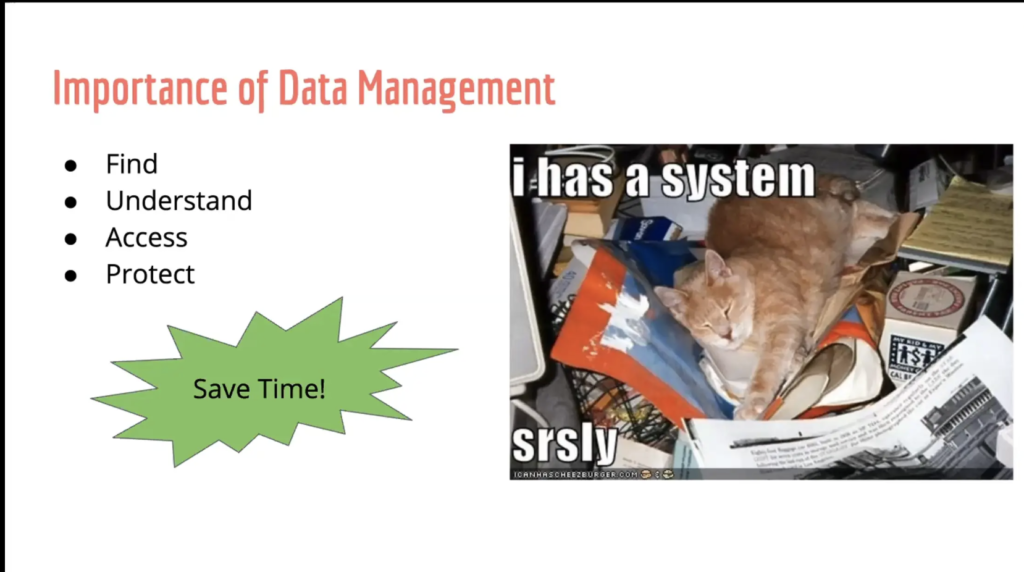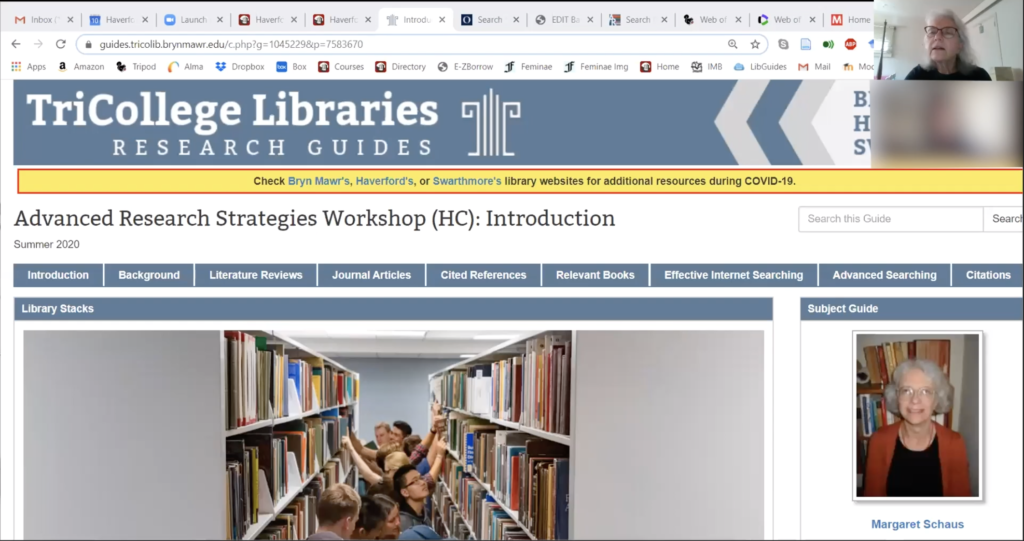Slack is a platform for collaboration. Better than trading messages and attachments via email, it allows groups to create teams and communicate through “channels” that users can create as they go. Participants join (or leave) a particular channel as needed; threaded conversations can be linked to Google documents or other shared resources. Slack channels thus reflect the developing sense of a conversation (something like Users can set to be notified of updates to conversations.
Slack could be used as a synchronous discussion complement to a simultaneous Zoom meeting (better than the un-threaded Zoom chat), or as an synchronous or asynchronous space of it’s own where a class or small group could sustain a conversation over several hours or days. It’s even possible to launch Zoom calls from within Slack, thus allowing students to move from written to oral conversations as needed.
Learn more about Slack via Linked In.
Pros: Free (sign-up required). Better than Zoom chat, because conversations are threaded and can be linked to other documents and resources.
Cons: Not integrated with Moodle; Faculty would need to invite (or accept requests) from each student to join the Slack Group at the outset.
Expert: Richard Freedman, Ben Le, Andy Janco, Mike Zarafonetis



